You are here
Bird watching tour in Kazakhstan.
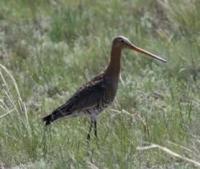

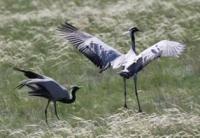
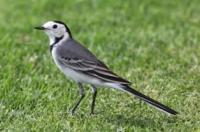
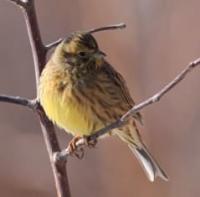
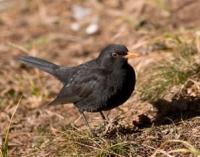
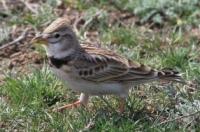

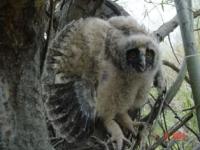
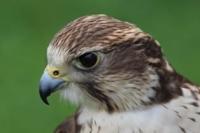
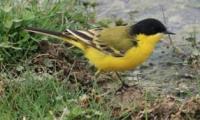
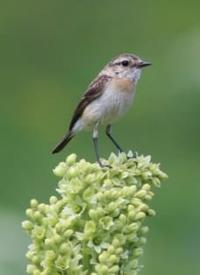
Kazakhstan Bird tours.
“Some birds are not meant to be caged, that's all. Their feathers are too bright, their songs too sweet and wild. So you let them go, or when you open the cage to feed them they somehow fly out past you. And the part of you that knows it was wrong to imprison them in the first place rejoices, but still, the place where you live is that much more drab and empty for their departure”
Stephen King, Rita Hayworth and Shawshank Redemption. “A Story from Different Seasons”.
Bird watching tours in Central Asia.
Nature of Kazakstan is very rich and different – huge steppes and lakes, flowering oasises and lifeless alkali soils. Fauna of Kazakstan includes 178 species of Mammal, 49 species of Reptile, 12 species of Amphibian. But that the region of Kazakstan is very interesting and perspective for the birds and we are glad to offer an interesting opportunity for them. Our ornithological tours are conducted in Kazakhstan only in the mountains of Northern Tien-Shan, nearby deserts and semi-deserts; Western Tien-Shan, region of Balkhash lake.
Northern Tien-Shan. Zailiski Alatau ridge. Northern Tien-Shan stretches from west to east for 400 km. It is divided into two ranges – Zailiskiy Alatau (“the first range behind Ili river”) and Kungei Alatau (“bright snowy mountains faced to the sun”). Zailiskiy Ala-Tau is 280 km long and up to 60 km wide. Its northern slopes belong to South-Eastern part of Kazakhstan. Kungeiy Ala-Tau is situated completely in Kyrgyzstan. All this mountain system belongs to Chilik-Keminskiy mountain junction.
The highest part of the ridge is situated between Kastek 2825 meters above sea level in the west and Amanjol 3510 meters above sea level passes in the east. It is about 180 km long. The highest point is Talgar peak 5017 meters above sea level. The biggest glaciers: Korzhenevskiy, Bogatyr, Shokalskiy, Tuyk-Su, Zhangaryk.
Climate Northern Tien-Shan. Is continental. It is effected by relief, high-altitude zoning, presence of Issyk-Kul lake. Max average temperature in July is +18C at 3600 m. Average monthly temperature at the coast in July is +16,5C, in August +16,9C. If summer is not hot, weather is mostly cloudless.
Temperature Northern Tien-Shan. The warmest month is July with average monthly temperature from +14C to +22C. In July at heights of 1000 – 1500 m temperature may reach – 0C. In the high-altitude regions temperature falls by 0,6C per every 100 m.
Sunny days Northern Tien-Shan. The most favorable are summer months. In July there are about 17 sunny days in region of our safari program, in September no more than 14. At the bottoms of deep valleys, within the forest line max number of favorable days in August and September is about 17. Nights in summer in forest zone are not freezing.
Wnds Northern Tien-Shan. In summer moist western and north-eastern winds blow.
Precipitation Northern Tien-Shan. In Summer precipitation reach 2200 mm. At height of 2600 m snow lays in the third decade of August. When it is raining clouds are low, cover the peaks and passes.
In July and August precipitation reach 900 mm. Precipitation increases with the height in the mountains from 433 to 633 mm per year. Max precipitation is in July. Southern slopes get 2 times less precipitation than northern ones. Precipitation rises from west to east from 119 mm to 538 mm.
Taukum Desert. Is situated on the south-west’s banks of Balkhash lake, along the Kurti river and along left bank of the Ili river. The area of the Taukum desert is 8300 sq. km, length is 200 km and width is 60 km. Saksaul, dguzgun, githyak, polin, and another plants are growing at Taukum desert.
Climate of Taukum desert. Summer is long and hot. Average temperature of July and August is +24 - 26 C and sometimes over surface of sands - +40 C. Precipitations be in April, October and very rare – in summer.
Temperature in May 2012 Taukum Desert.
May 9. At 21.00 - +13 ºC
May 10. At 7.00 - +9ºC, at 12.00 + 24ºC, at 20.00 +24ºC
May 11.at 7.00 +9ºC, at 12.00 +35ºC, at 20.00 +25ºC
May 12. At 7.00 +9ºC, at 12.00 + 27ºC, at 20.00 +24ºC
Short description of Bird watching tour on Almaty region:
Almaty - lake Sorbulak - settlement Kanshengil - desert Taukum - Topar lakes - valley Zhilturanga - river Ili - valley Tamgaly Tas - Charyn canyon – Northern Tien-Shan. Big Almaty lake - Almaty.
Season: of April – of September.
Distance of route: 1156 km.
Best time for an the tour: of May to of June.
Duration of tour: 9 days and 8 nights.
Accommodation: 2 nights in hotel in Almaty, 2 nights in the guest house in mountains of Northern Tien-Shan, 4 nights in the camp.
Detailed program of tour day after day on lakes Kaindy, Kolsay and Charyn canyons:
Birding Tours Kazakhstan.
Day 1. May 12. Almaty - lake Sorbulak - Kurty reservoir - settlement of Kanshengil (202 km).
Arrival in Almaty. A meeting at the airport, transfer to hotel, accommodation. Rest. Breakfast. Transfer: Almaty – train station Shamalgan - lake Soorbulak (82 km). After the settlement Mezhdurechensk to lake Sorbulak, settlements will not be any more, on the way we can observe birds: Cushat (Columba palumbus), Eastern dove or Eastern turtledove (Streptopelia orientalis), Oriole (Oriolus oriolus kundoo), Common penduline tit (Remiz coronatus).
Arrival on the lake Sorbulak, walk in the environs of the lake and on lakes Right-bank Sorbulak water of the channel. The lake Sorbulak is located in the natural closed hollow, is in the northwest of Almaty. The maximum length of the lake Sorbulak makes 13 kilometers, width - to 5 kilometers, the maximum depth - 22 meters.
In east part of the lake Sorbulak there are many lakes which connect among themselves numerous water channels. On these lakes there is a huge quantity of birds during migratory flights where they find rest and a food.
Thousands of packs of different types of birds, including about 20 types included in the Red List of Kazakhstan annually nest in canes and on coast of the lakes Sorbulaka in bush thickets on coast of water channels. Generally here also birds who live at water - sandpipers and ducks are presented.
A lunch picnic in the environs of the lake. The most interesting birds of this region of a white-headed duck pelicans who find a seasonal shelter here.
Birds watching on Sorbulak lake: Black commorant (Phalacrocorax carbo, Dalmatian pelican (Pelecanus crispus), White-headed duck (Oxyura leucocephala), Black-necked grebe (Podiceps nigricollis), Great crested grebe (Podiceps cristatus), Rufous-crested duck (Netta rufina), Black-headed Gull (Larus ridibundus), Sea gull (Larus cachinnans). Также мы можем здесь увидеть: White-tailed eagle (Haliaeetus albicilla), Long-legged buzzard (Buteo rufinus).
In the late afternoon transfer: lake Sorbulak - Kurty reservoir - settlement of Kanshengel - desert Taukum (120 km). The desert Taukum is located to Balkhash-Alakol to a hollow to the South from Lake Balkhash and the river Ili, near Belsekseul, and stretches to the plateau Bozoy.
The area is about 10 000 kilometers square. Length is 240 kilometers, width is from 40 to 60 kilometers. Flora of the desert Taukum is presented calligonum, a wormwood, wheat grass. In the south the border Taukum passes on a watercourse Ili, on its coast wood and shrubby vegetation - riparian forests where the great number of animals lives is widespread.
Summer in the desert long and hot. Average temperature of July and August of 24 - 26 °C sometimes over the surface of sand temperature reaches 40 °C. In a cozy, sandy hollow we are expected by the camp. Accommodation in tent campings. Dinner in a spacious tent dining room, overnight in the tents.
Day 2. May 13. Camp - settlement of Kanshengil - desert Taukum (2 km).
Breakfast. Transfer from the camp in sands Taukum - an artesian water well at the settlement of Kanshengel (1 km). Several species of the migrating birds chose vicinities near artesian wells in the desert. Among desert landscapes there is Taukum and in the environs of artesian water well a pack we will look-over the birds flying on a watering place.
Birds watching in Taukum desert: Black-bellied sandgrouse (Pterocles orientalis), Isabelline chat or Isabelline wheatear (Oenanthe isabellina), Demoiselle or Demoiselle crane (Anthropoides virgo), Little ringer plover (Charadrius dubius), Houbara bustard (Chlamydotis macqueenii), Mongolian trumpeter finch (Bucanetes mongolicus), Calandra lark (Melanocorypha bimaculata), Greater short-toed lark (Calandrella brachydactyla), Greater sand plover (Charadrius leschenaultii).
Lunch in the dining room of the camp. Walks in the environs of our camp. In sands and among the fixed barkhans we can birds watching Taukum desert: Caspian dotterel (Charadrius asiaticus), Pallas’ sandgrouse (Syrrhaptes paradoxus), very seldom Pin-tailed sandgrouse (Pterocles alchata), Geoffrey’s ployer (Charadrius leschenaultii), Lesser whitethroat (Sylvia curruca), Booted warbler (Hippolais rama), Desert warbler (Sylvia nana), Red-headed bunting (Emberiza bruniceps), Common crested lark (Galerida cristata), Rufpus Bush Robin (Cercotrichas galactotes), Desert raven (Corvus ruficollis).
Return to camp, dinner and overnight.
Day 3. May 14. Desert Taukum - settlement of Kanshengil - settlement of Topar - Topar lakes - settlement of Zhilturanga - valley Zhilturanga - settlement of Aral-Tobe - river Ili (176 km).
Breakfast. Transfer: camp - Topar lakes or the Eagle lakes (110 km). Our way lies on hilly sands, a saxaul to the woods and among lakes. Topar lakes are formed by wide, flat floods of the delta of the river Ili. Topar lakes begin, from the settlement of Aral-Tobe and extend to east coast of Lake Balkhash where the delta of the river Ili comes to an end.
Lakes are located in cane thickets their great variety. Among Topar lakes tiny inundated groves, lakes not big were stretched and only some of them have names. Extent of Topar lakes from the East on the West - 126 kilometers, the greatest width is 52 kilometers.
In the neighborhood of the delta Ili there are several big and small lakes which have the names, this lake Maksutkol, Sazanye, Chakpak, Koltsevoye, Melkoye, Bogushinoye, Beloye, Shabarkunan, Asaubay, Kagalykol, Bolshoye Naurysbayev, Blue, Trihedral, Sarykol.
Indescribable beauty of Topar lakes, greatness of shady thickets of a Asiatic poplar in the floodplain of the river Ili created the best place for observations of life of birds. Topar lakes can please ornithologists with observation of birds the woods living in desert lakes in an inundated Asiatic poplar and a saxaul.
Birds watching on Topar lakes: White-winged spotted woodpecker (Dendrocopos leucopterus), Desert raven (Corvus ruficollis), Rufpus Bush Robin, Black stork (Ciconia nirga), White-tailed eagle (Haliaeetus albicilla), Striated scops-owl (Otus brucei), White-winged spotted woodpecker (Dendrocopos leucopterus, Picoides leucopterus), Rufous-creasted duck (Netta rufina), White-eye (Aythya nyroca), Shelduk (Tadorna tadorna), Stilt (Himantopus), Coot (Fulica atra), Grey Neron (Ardea cinerea), White Neron (Ardea alba), Dalmatian pelican (Pelecanus crispus), Black tern (Chlidonias niger), Eurasian bittem (Botaurus stellaris), Paddyfield Wabler (Acrocephalus agricola), Great Reed Warbler (Acrocephalus arundinaceus), Common hightingale (Luscinia megarhynchos), Wabler (Cettia cetti).
It is quite probable that we will meet: hare-tolay (Lepus tola), muskrat (Ondatra zibethicus). The Asiatic poplar of a grove, grow in the floodplain of the river Ili, are allocated first of all with a tree under the name of a Asiatic poplar which reminds trees of savannas.
Lunch picnic on the bank of the lake. Transfer to valley Zhilturanga (35 km). Walk on environs valley Zhilturanga. Birds watching on Zhilturanga valley: White-eye (Aythya nyroca), Black commorant (Phalacrocorax carbo), Kite (Milvus migrans lineatus), Nine-killer (Lanius meridionalis), Long-legged buzzard (Buteo rufinus), Saxaul sparrow (Passer ammodendri).
Transfer: valley Zhilturang –valley Kokshebay – Asiatic poplar of a grove on the Ili river (31 km).
Walks in the environs of the river Ili among Asiatic poplars, birds watching on around Ili river: Common penduline tit (Remiz macronyx), White-winged spotted woodpecker (Dendrocopos leucopterus), Eastern stock dove (Columba eversmanni), Oriole (Oriolus oriolus kundoo), Roller (Coracias garrulus), Turkestan tit (Parus bokharensis), Striated scops-owl (Otus brucei), Turkestan tit (Parus major), Eastern stock dove (Columba eversmanni), Hoopoe (Upupa epops), Kestrel (Falco tinnunculus), Lesser kestrel (Falco naumanni), Hobby (Falco subbuteo), Hawk (Accipiter brevipes), Desert bullfinch (Rhodospiza obsoleta), Mongolian pheasant (Phasianus colchicus mongolicus).
Accommodation in the camp on bank the Ili river, dinner and overnight.
Day 4. May 15. River Ili - Kunayev or Akzhar Bridge - settlement of Bakanas - valley Tamgaly Tas – town Kapshagay - settlement Bayserke - settlement Chilik - settlement Bayseit - Charyn canyon (438 km).
Breakfast. Transfer: river Ili - valley Tamgaly Tas (173 km). Today we should pass long distance to the following ornithological sights of Almaty region of the Southern Kazakhstan. Our way will lie on the right river bank Ili, again we will see the river only in valley Tamgaly Tas.
"The Written Rocks on the Hi River (26 km below the Kapshagai Hydroelectric Power Station dam) contain petroglyphs, describing Buddha, which correspond to similar Budhist images from northern India. The drawings hearken to a peaceful culture, which settled the Semirechye territory, along the northern route of the Great Silk Road, where peace was security were required for the peoples of Asia and Europe to trade. Household animals and inscriptions are also found in the ancient Tibetan and Kalmyk languages.
Arrival in Tamgaly Tas valley birds watching here nest and bring the baby birds: Golden Eagle (Aquila chrysaetos), Crag martin (Ptyonoprogne rupestris), Daurian swallow (Hirundo daurica, Cecropis daurica), Lesser rock nuthatch (Sitta neumayer), Lesser kestrel (Falco naumanni), Rose Coloured starling (Sturnus roseus), Blue rock thrush (Monticola solitarius), Yellow-spotted petronia (Petronia petronia). After the end of an excursion, a lunch picnic in the valley of the Tamgaly Tas.
Further transfer: valley Tamgaly Tas - canyon Charyn (valley Kurtogay) (265 km). We pass the Kapshagay dam, the town of Kapshagay - the center of a gaming of the Southern Kazakhstan. We pass the settlement of Bayseit on which main street the local market settled down. Arrival to Charyn canyon, placement in the valley Kurtogay in the camp, dinner and overnight.
Day 5. May 16. Charyn canyon - Almaty (200 km).
Breakfast. Charyn Canyon “the little brother" of the American Grand Canyon. The canyon is reminiscent of the famous Colorado Grand Canyon, but in miniature. Its length is approx. 200 km and height is from 100 up to 300 m).
The red clay walls of the canyon are carved with deep fissures, forming caves, grottos and shady niches of different shapes and sizes. They creat an impression of huge, ghost city inhabited by fantastic creatures. The earth appears as if it has broken here, opening a deep gorge. Spreading bay leaf poplars, saksaul, tamarisk, reeds and kargans help create the atmosphere of an untouched and deserted place. The unique Ashen grove is located in the Charyn river valley.
Here grows the ash tree, a relict tree which lived through the catastrophic Glaciating Epoch and survived until the Quaternary Period. Walk in the environs of a canyon, birds watching in rocks and bushes of a canyon Charyn: Himalayan vulture (himalayensis), Red-backed shrike (Lanius phoenicuroides), Rock bunting (Emberiza cia), Long-legged buzzard (Buteo rufinus), Buzzard (Buteo buteo), Barbary falcon (Falco pelegrinoides), Cinereous vulture (Aegypius monachus), Black stork (Ciconia nigra), Griffon (Gyps fulvus), Lammergeier (Gypaetus barbatus), Pine bunting (Emberiza leucocephalos, Emberiza leucocephala), Long-tailed bunting (Emberiza cioides), Rock bunting (Emberiza cia), Red-headed bunting (Emberiza bruniceps), Crag martin (Ptyonoprogne rupestris), Common house martin (Delichon urbicum), Common swift (Apus apus) and Alpine swift (Tachymarptis melba), Sheld duck (Tadorna ferruginea).
Lunch picnic. End of an ornithological excursion. On the way visit of a canyon Charyn, short walk. Transfer to Almaty (200 km). Arrival in Almaty, transfer to hotel, accommodation, dinner and overnight.
Day 6. May 17. Almaty - Second hydroelectric power station - First hydroelectric power station - lake Big Almaty 2527 meters above sea level – Northern Tien-Shan hotel “Alpine Rose” (37 km).
Breakfast. Transfer: Almaty - falcon nursery Sunkar (18 km). After we pass Al-Farabi Avenue our way proceeds on the South down the street which to a dam, is built up many cafes and restaurants on any choosy taste.
We pass a dam, construction by which it was conducted with 1976 and ended in 1980. Height of a construction is 40 meters, length is 422 meters. Arrival in falcon nursery “Sunkar: walk and look-over of open-air aviary saker: falcon (Falco cherrug), gerfacons (Falco rusticolus), Barbary Falcon (Falco pelegrinoides), Peregrin falcon (Falco peregrinus), Goshawk (Accipiter gentilis), Golden eagles (Aquila chrysaetos), eagle owls (Bubo bubo).
It is nursery birds of rare and endangered species of birds, unique on the specific structure and equipment. The nursery is the only thing in all territory of Kazakhstan on the profile. The nursery Sunkar is organized in 1989. During the activity the nursery grew up 1060 individuals of birds and let out them in the nature of 360 falcons of saker falcon.
Transfer: nursery Sunkar - a panorama on the gorge (10 km). Through 1 kilometer after nursery “Sunkar” we come to vicinities of the Second hydroelectric power station, from here one road goes to the gorge Alma-Arasan (An Apple springe), our road turns on the left to the main gorge. On the way of rise to the lake a stop on the serpentine of the road from where the panorama on the gorge and the First hydroelectric power station opens.
Transfer: a panorama on the gorge - lake Big Almaty (6 km). Further we pass a hydropost, to the right of the road, located in the mouth of the river Kumbel-Su. The following sight on our way the “Alpine Rose” hotel located to the left of the road. Soon we on the lake Big Almaty. From vicinities of the lake panoramas on peak of Sovetovs of 4317 meters above sea level, peak of Big Almaty 3608 meters above sea level, peak of Lake 4216 meters above sea level open. Arrival on the lake, a lunch picnic.
Walk in the environs of the Big Almaty lake, birds watching: Whistling thrush (Myophonus caeruleus), Asiatic dipper (Cinclus pallasii), Blackbird (Turdus merula), Missel (Turdus viscivorus), Grey Wagtail (Motacilla cinerea), Wagtail (Motacilla personata), Coalmouse (Parus ater), Nutcracker (Nucifraga caryocatactes), Cushat Columba )palumbus), Tree pipit (Anthus trivialis), Golden Eagle (Aquila chrysaetos), Ibis-bill (Ibidorhyncha struthersii), Water ouzel (Cinclus cinclus leucogaster), Sheld duck (Tadorna ferruginea), Gray-headed goldfinch (Carduelis caniceps), gold-fronted finch (Serinus pusillus), Eversmann redstart (Phoenicurus erythronotus), Accentor (Prunella atrogularis), Marmot (Marmota).
After the end of walk, transfer to hotel “Alpine Rose” (3 km). Accommodation in the hotel, dinner and overnight.
Day 7. May 18. Northern Tien-Shan. Hotel “Alpine Rose – Big Almaty lake – Space station (pass Dzhusaly-Kezen 3337 meters above sea level) (24 km).
Breakfast. After a breakfast transfer on Space station (pass Dzhusaly-Kezen) (9 km). The pass Dzhusaly-Kezen is located in the main part of the Big Almaty spur of Zailiyskiy Ala-Tau, the track on the pass conducts from the valley of the river Big Almatinka in the gorge of the river Through passage.
The pass is between tops the Tourist of 3965 meters above sea level and Big Almaty peak of 3864 meters above sea level. Walk in the environs of the pass Dzhusaly-Kezen, birds watching: Snow cock (Tetraogallus himalayensis), Siberian jau (Perisoreus infaustus), Yellow-billed chough (Pyrrhocorax graculus), Alpine accentor (Prunella collaris), Brown accentor (Prunella fulvescens), Hodson’s rosy finch (Leucosticte nemoricola), Brandt’s rosy finch (Leucosticte brandti), Guldenstadt’s redstart (Phoenicurus erythrogaster), Ordinary crow (Corvus corone).
After the end of walk return to observatory of GAISH (9 km). The observatory of GAISH is in mountains of Zailiyskiy Ala-Tau at the height of 2835 meters above sea level. It is founded in 1969. Lunch picnic, short rest. After a lunch hiking on the Marble glade (1 km).
Birds watching around Big Almaty Lake and Marble glade: Himalayan rubythroat (Luscinia pectoralis), Titmouse (Leptopoecile sophiae), White-winged grosbeak (Mycerobas carnipes), Red-mantled rose finch (Carpodacus rhodochlamys), Booted eagle (Hieraaetus pennatus), Kestrel (Falco tinnunculus), Merlin (Falco columbarius), Wren (Troglodytes troglodytes), Rock pipit (Anthus spinoletta), Tree-pipit (Anthus trivialis), Ordinary crow (Corvus corone). Also we will see local animals: Marmot (Marmota), Coney (Ochotona).
After walk return to hotel “Alpine Rose” (6 km), dinner and overnight.
Day 8. May 19. Northern Tien-Shan. Hotel “Alpine Rose – Big Almaty lake – Space station (pass Dzhusaly-Kezen) (46 km).
Breakfast. After a breakfast transfer to Space station (pass Dzhusaly-Kezen) (9 km). Walk in the environs of the pass Dzhusaly-Kezen, birds watching: Hodgson’s rosy finch (Leucosticte nemoricola), Himalayan accentor (Prunella himalayana), Brown accentor (Prunella fulvescens), Killigrew (Pyrrhocorax pyrrhocorax). If to us carries, perhaps, we will be able to see: Alpine accentor (Prunella collaris), Wallcreeper )Tichodroma muraria), Snow cock (Tetraogallus himalayensis), Lammergeier (Gypaetus barbatus), Golden eagle (Aquila chrysaetos).
End of walk, return to observatory of GAISH, lunch picnic, short rest. After a lunch walk in the environs of observatory, birds watching around Big Almaty lake: Black-throated accentor (Prunella atrogularis), Eversmann’s redstart (Phoenicurus erythronotus), Blue-capped redstart (Phoenicurus caeruleocephalus), Jerdon’s willow warbler or Oliva ceous leaf warbler (Phylloscopus griseolus), Warbler (Phylloscopus nitidus), Greenish leaf warbler (Phylloscopus nitidus), Nutcracker (Nucifraga caryocatactes), Himalayan rubythroat or White-tailed rubythroat (Luscinia pectoralis).
After walk return to Almaty. Arrival in Almaty, accommodation, farewell dinner and overnight.
Day 9. May 20. Almaty.
Accompanying service at departure to airport, departure from Almaty.
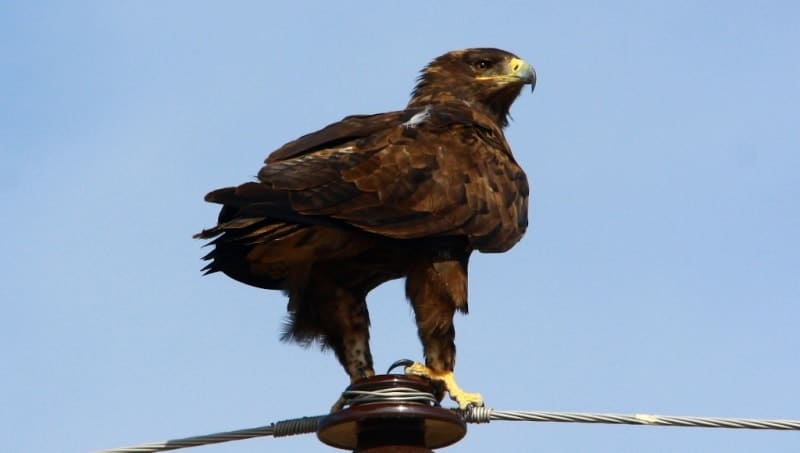
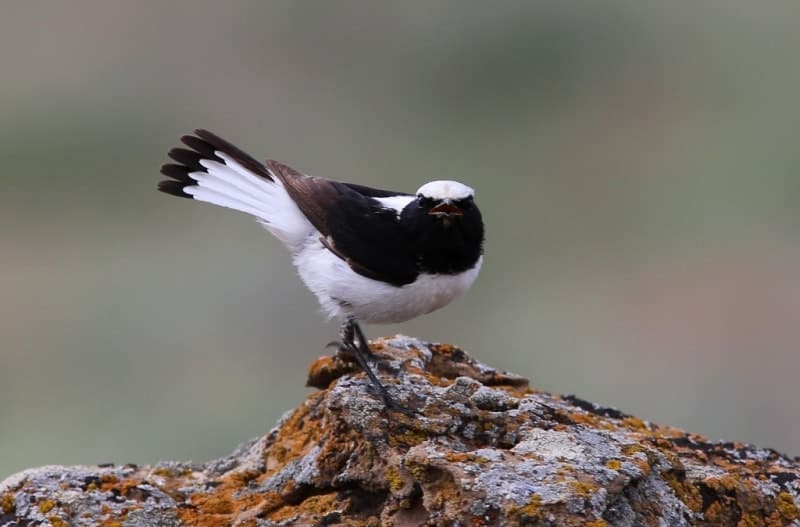

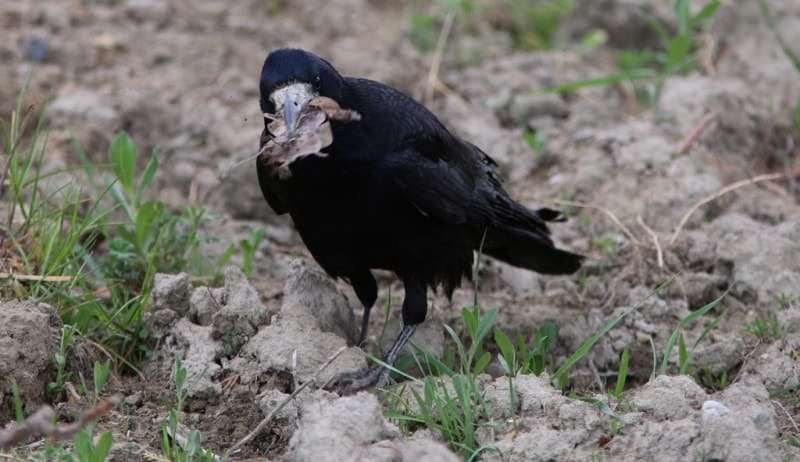
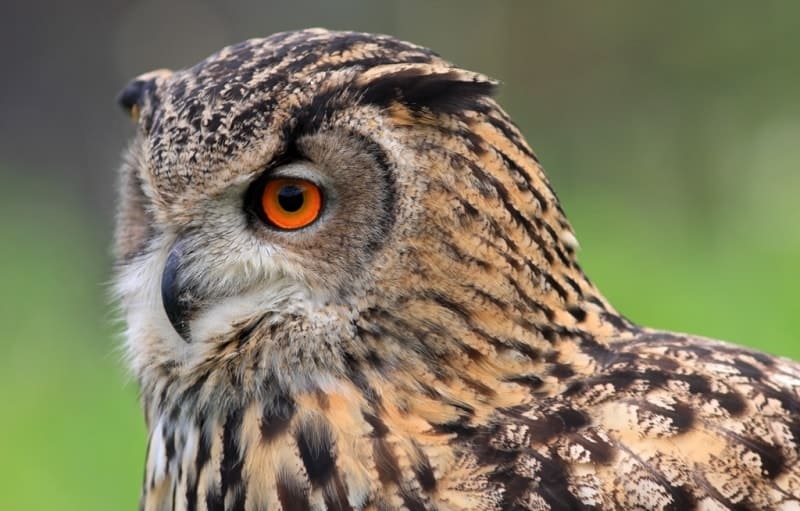
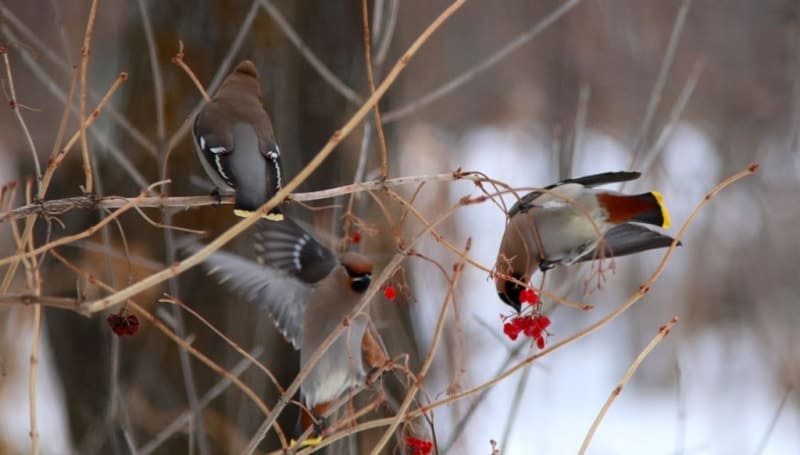
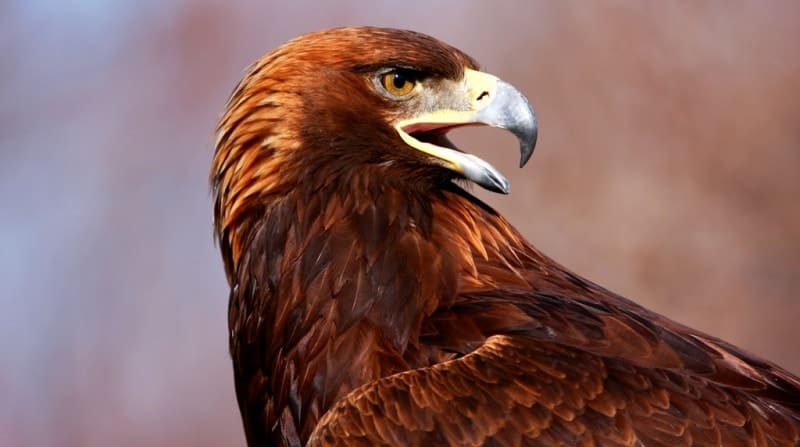
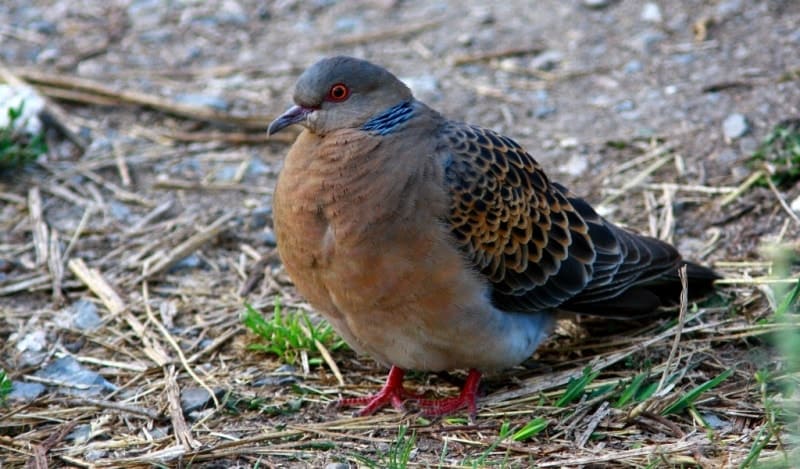
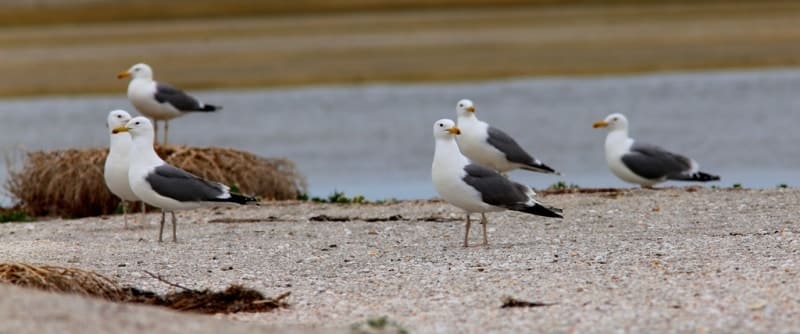
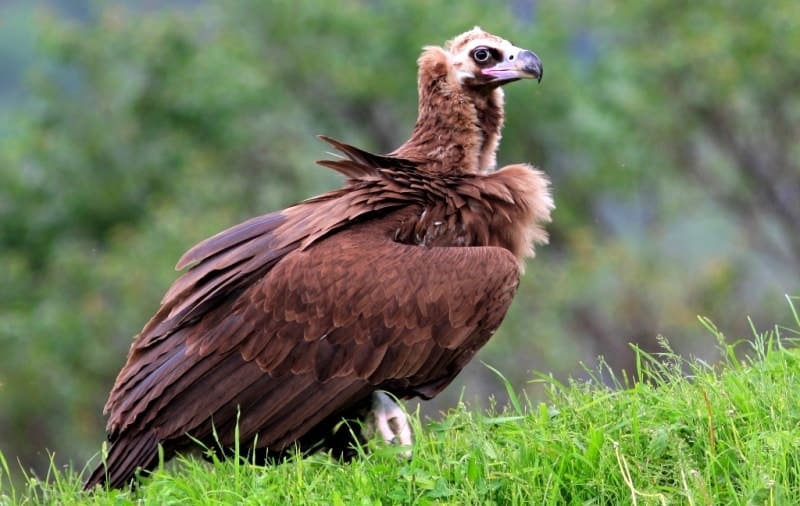
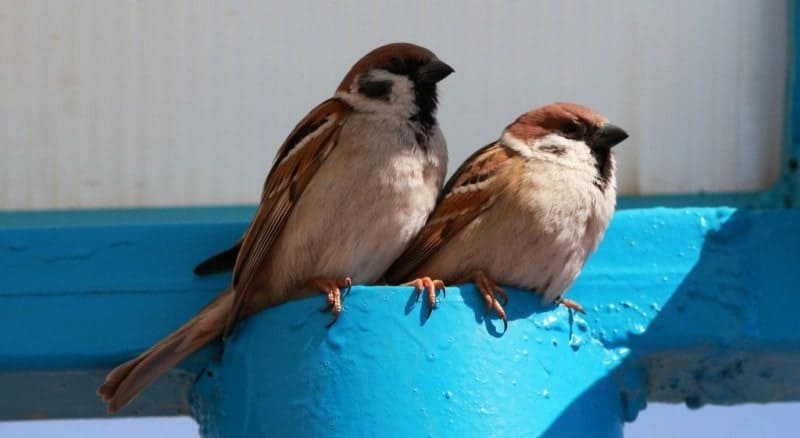
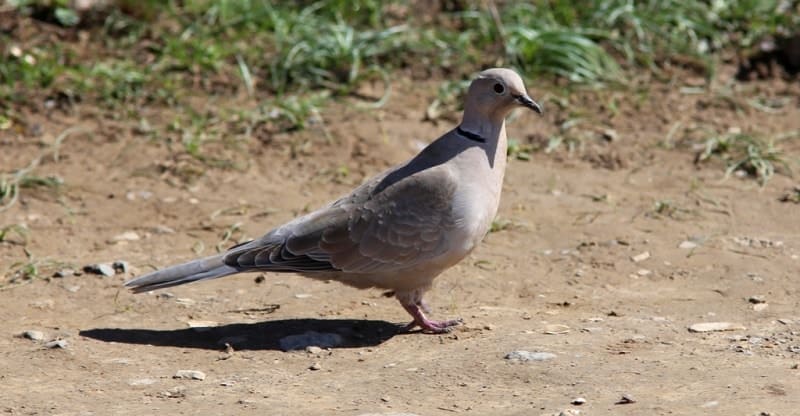
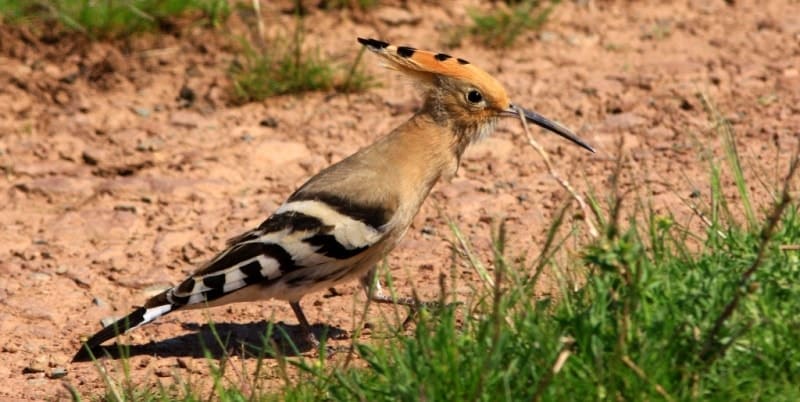
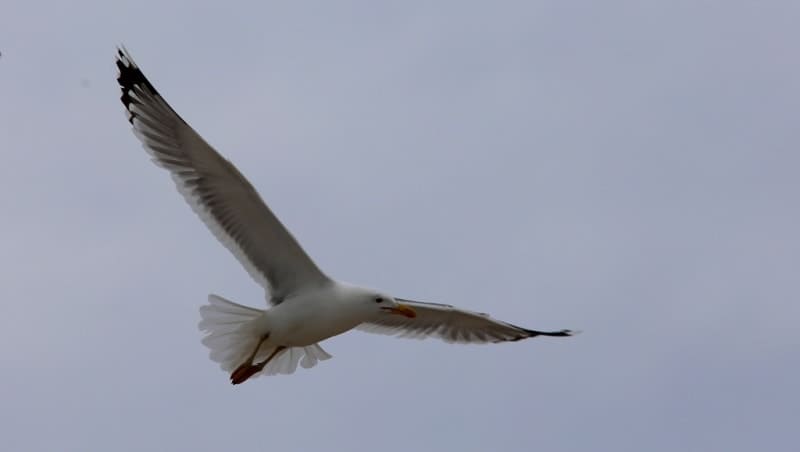
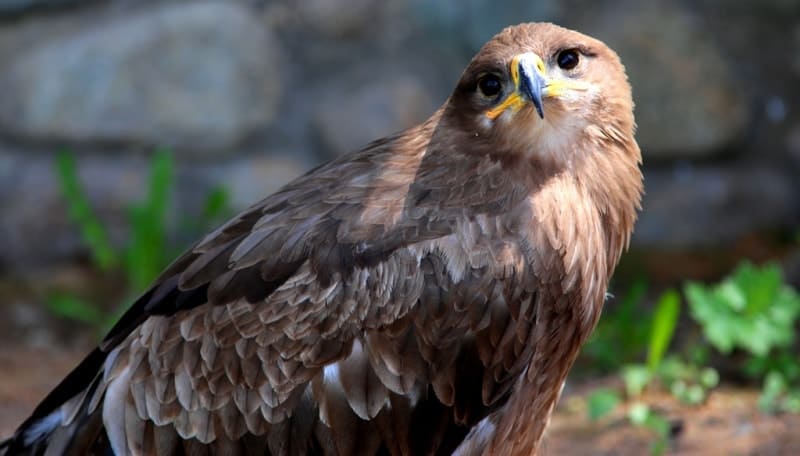
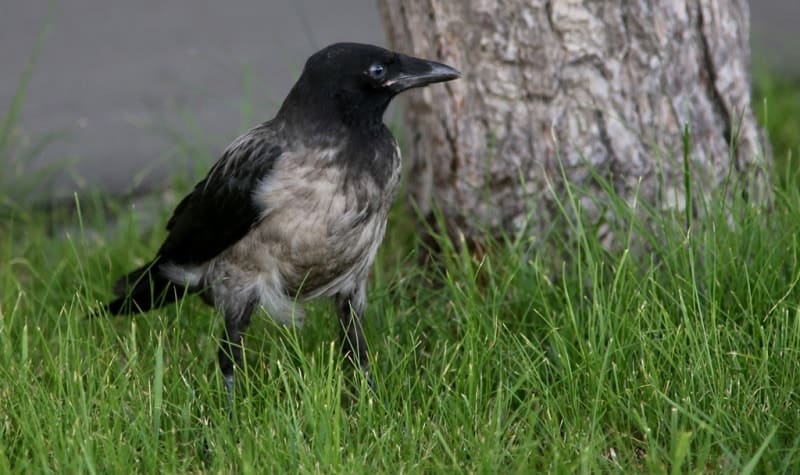
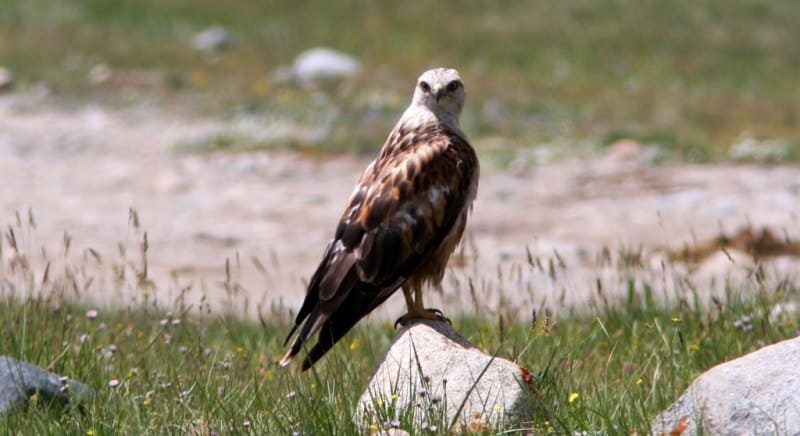
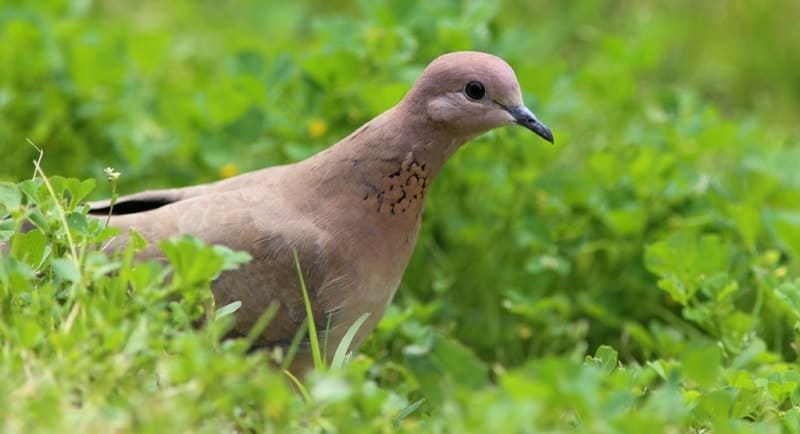
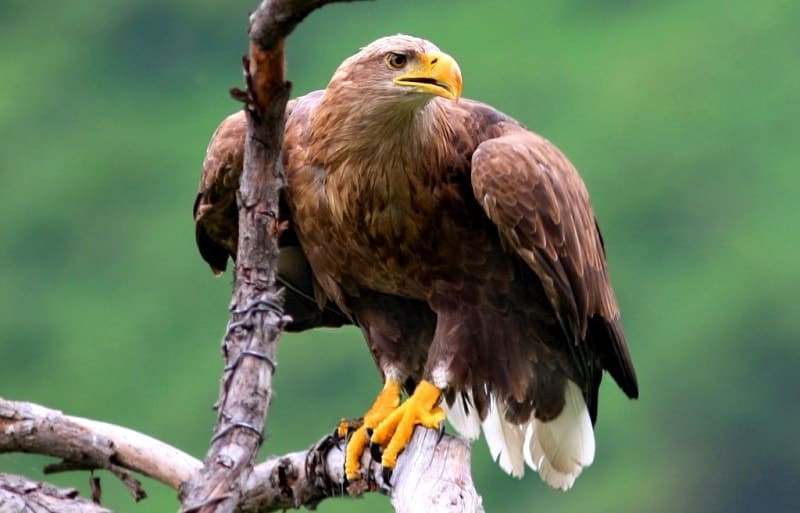
Note:
Author program of Alexander Petrov. Copying and introduction - from the sanction of the author .
Alexander Petrov
photos by:







